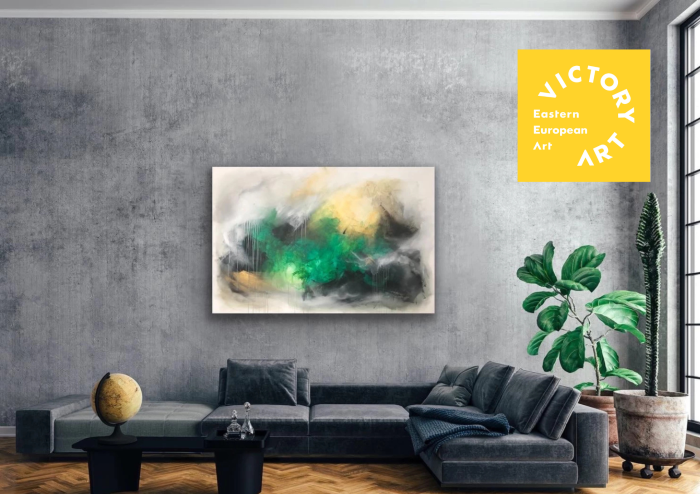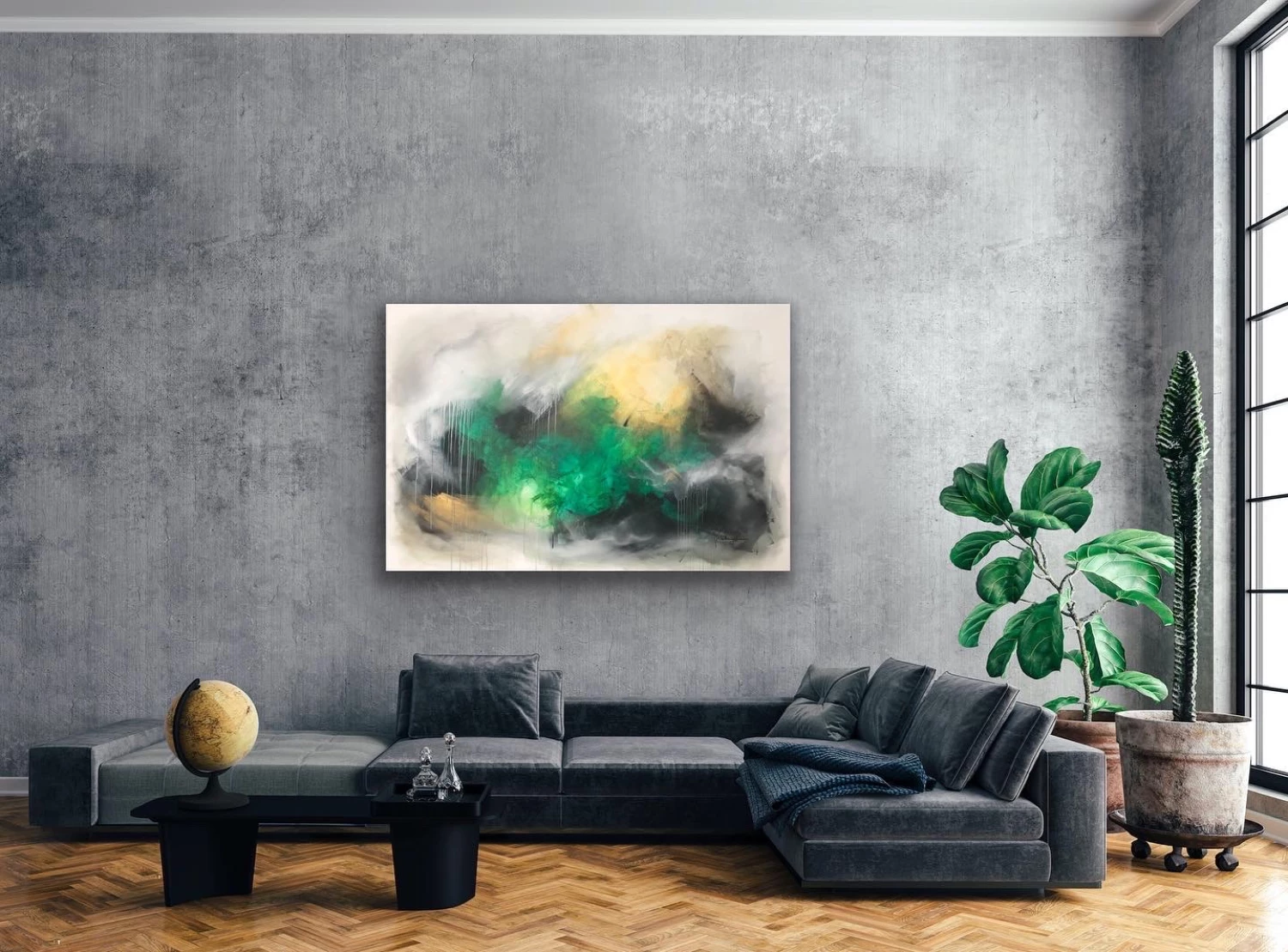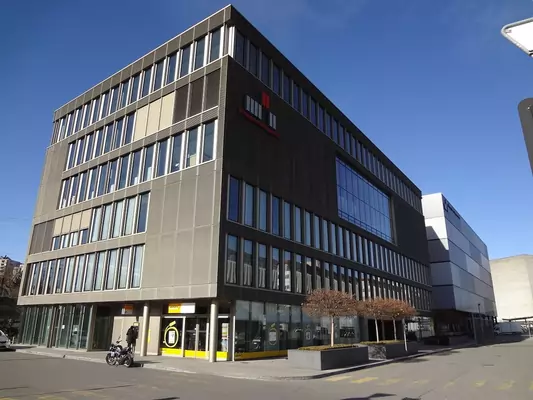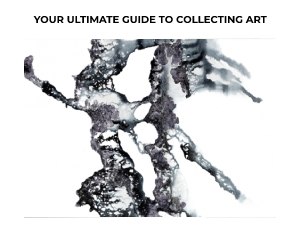MUST READ ART BLOGS
Pay Less Taxes with Art

In this blog you can learn more about art and the tax advantages it brings. Discover how your art collection can be not only aesthetic, but also a significant asset under the right circumstances.
Art can be much more than a wall decoration. Under the right circumstances your art collection can become a valuable asset. Whether you're purchasing it for business reasons or offering it to a charity, it is possible to acquire tax advantages.
A work of art is systematically exempt from EWB (Fortune Solidarity Tax). An artwork sold for less than 5000 Euros is automatically exempt from tax. Over 5000 Euros, the item sold will be taxed at 5%.

Dreaming 4 by Joanna Wietrzycka
Lovers of paintings or antique furniture, you like to shop in art galleries or antique dealers. But did you know that behind your passion lies a profitable patrimonial operation?
According to article 8551 of the General Tax Code: ”objects of antiques, art or collectors’ items are not included in the tax bases for the Solidarity Tax on wealth”. The work of art or collection can thus allow its owner not to cross the fateful bar of 1.3 million euros which obliges him to declare all his patrimony.
Inheritance
Pay tax in kind?
Maybe it is time for a donation…

Photo by Scott Graham on Unsplash
Decorating your office with art upgrades your space and “downgrades” your taxes
Specifically
Switzerland
• Temporary storage: artworks can be stored in the customs territory without paying import tax
• Credit function: for art pieces which are going to be sold in the customs territory, import duties only need to be paid after the end of stockpiling (definitive customs declaration)

Geneva Freeport, photo by MHM55 on Wikimedia, CC BY-SA 4.0
Luxembourg
France
Art assets are excluded from the NWT tax base.
Income tax for individuals is levied at rates of up to 45%. There are also two further contributions:
• An additional social security contribution of 15.5% (CSG and CRDS)
• A high income contribution, e.g. for a married taxpayer, 3% of the difference between EUR 500,000 and EUR 1 million, and 4% of the amount exceeding EUR 1 million.
Corporate tax:
The corporate tax rate is 33.33% for companies. There is a mechanism allowing for the taxable deduction of purchases of works of art of living artists over five years.
Capital gains tax:
5% tax on sales exceeding EUR 5,000 made by individuals. Possibility to opt for the ordinary scheme of capital gains.
Gift and estate tax:
Same taxation for gift and estate tax. Rate according to family relationship. Tax rates range from 5% to 45% (more than EUR 1,805,677) with a deduction of EUR 100,000. 60% rate beyond the fourth degree of family relationships.
Keep in mind
Investing in art has tax implications that one should be aware of. Understanding these implications can make the difference between a good and a bad investment. Each transaction should be considered independently, as there is no standard recipe to determine which transactions can generate tax liabilities or not. The standard question of ‘ What are the tax implications’ will always be answered with ‘it depends’ or ‘on what?’ even by experts in the field.
Some of the questions you should be able to answer:
-
Am I an individual investor or a corporate investor?
-
Where am I a tax resident?
-
Where am I buying from?
-
Who am I buying from and what is their tax regime?
-
With what purpose? What do I plan to do with the piece of art?
If you want to know even more, check our more detailed guide on how to buy art for yourself and for your office. We are always here to help you to find the right artwork, you can book an appointment with us, and remember, enjoy yourself while in the process!
CHECK OUT OUR BEST BLOGS

.webp)

.webp)
.webp)
.webp)
.webp)
.webp)










.jpg)